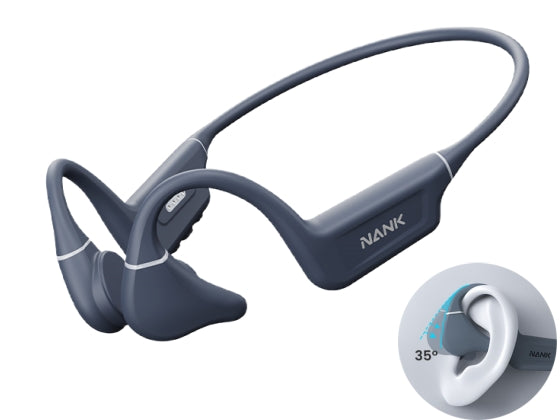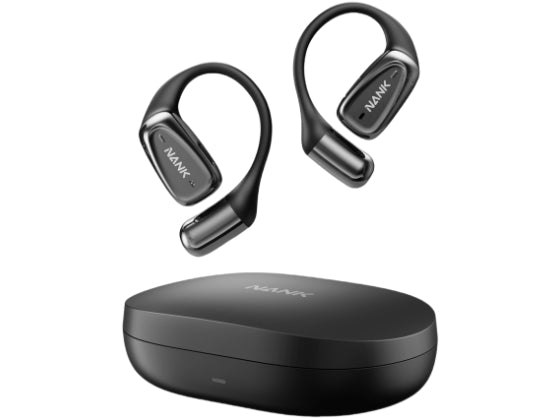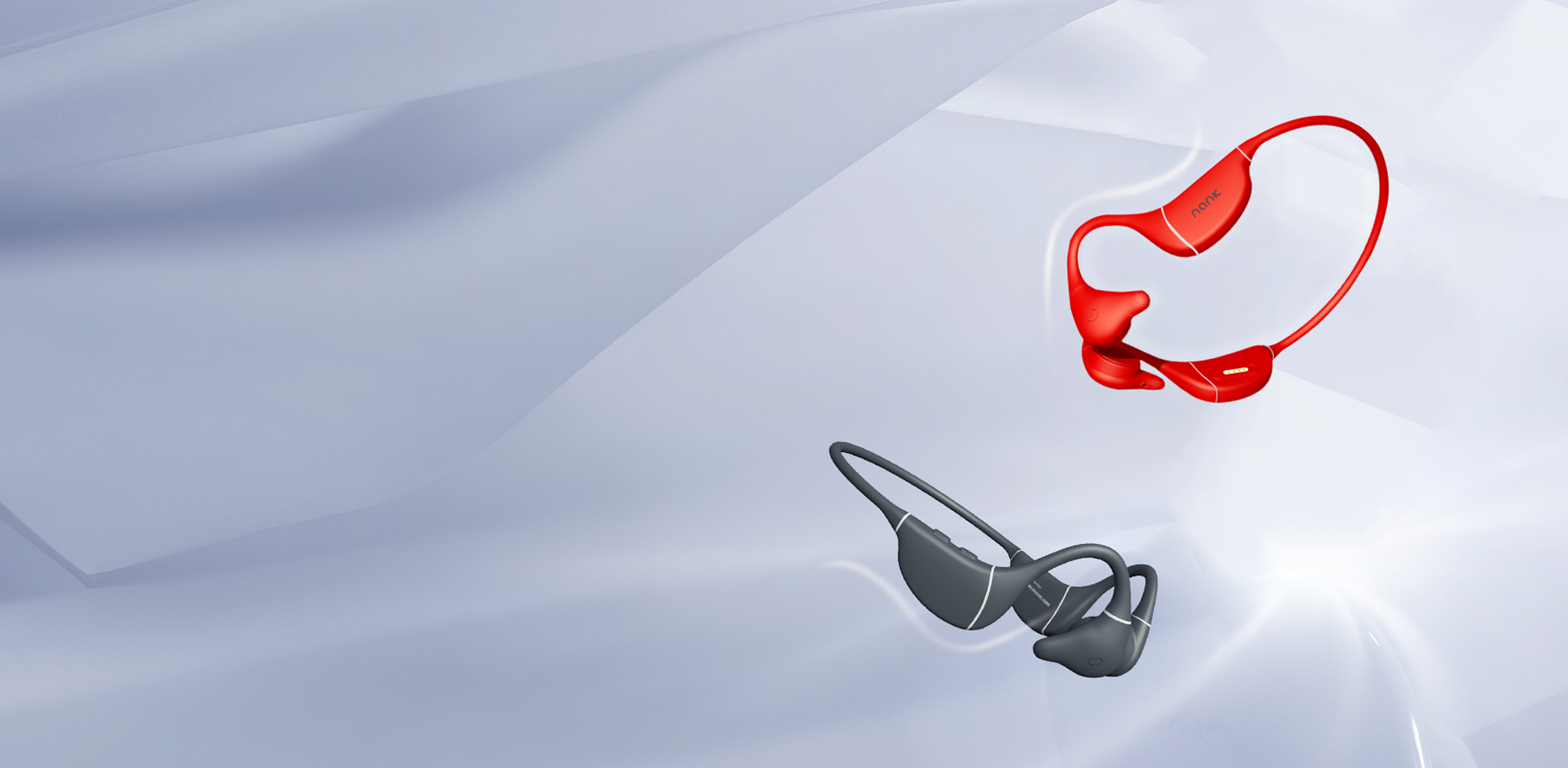Whether you're an avid athlete, a discerning audiophile, or someone who enjoys casual listening, the choice of headphones can significantly impact your audio experience. This guide aims to explore the distinctions between air conduction and bone conduction, shedding light on their respective advantages and disadvantages. By understanding the nuances, you can make an informed decision based on your preferences and needs.

Air Conduction: Traditional Sound Delivery
Air conduction, the conventional method of transmitting sound through the air into the ears, is employed by most traditional headphones and speakers.
Key features of air conduction headphones:
- Ear pads create a sealed environment for optimal sound delivery and noise isolation, enhancing the audio experience by preventing external interference.
- Drivers (speakers) in each ear cup produce vibrations that travel through the air into the ear canal, enabling the perception of sound by interacting with the eardrum and cochlea.
- Wired or wireless Bluetooth connectivity transmits audio signals from devices to headphones, offering versatility and freedom of movement.
- Compatible with a wide range of devices, including phones, computers, TVs, gaming systems, and more.
- Closed-back and open-back models cater to individual preferences, with closed-back providing noise isolation and open-back allowing awareness of surroundings.
- Comfort features, such as padded headbands and breathable ear pads, contribute to prolonged use without discomfort.
In summary, air conduction headphones offer a direct and familiar listening experience, making them the traditional choice for most consumers.
Bone Conduction: Innovative Sound Transmission
Bone conduction technology operates on a distinct principle, bypassing the ear canal to transmit audio signals directly to the inner ear by vibrating the skull and facial bones.
Key aspects of bone conduction headphones:
- Leaves the ear canal open, enabling users to remain aware of environmental sounds, making them ideal for on-the-go situations.
- Avoids pressure directly into the ear canal, enhancing comfort during extended wear and making them suitable for individuals with conductive hearing loss, ear infections, or blockages.
- Effective underwater or in challenging environments, making them popular for swimming and sports headphones.
- Goes beyond headphones, finding applications in hearing aid devices and audio input during surgeries, showcasing its versatility.
Air Conduction vs. Bone Conduction: A Comparative Analysis
Now, let's compare air and bone conduction headphones across key factors:
-
Sound Quality:
- Air Conduction: Audiophiles generally prefer air conduction for richer bass and a fuller sound profile. However, bone conduction has made significant strides in sound quality, offering enjoyable music experiences on the go.
-
Comfort:
- Bone Conduction: Distributes weight along the jawline, providing superior comfort for extended wear compared to the sealing effect of air conduction, which can lead to heat, soreness, or tightness.
-
Ambient Noise:
- Air Conduction: Impressive noise isolation, ideal for quiet environments.
- Bone Conduction: Allows awareness of surroundings, making it advantageous for activities like cycling or skiing.
-
Durability:
- Bone Conduction: Resistant to sweat, water, and rough handling during activities, making them durable for various conditions.
- Air Conduction: Requires careful storage to avoid moisture damage due to vulnerable driver components inside the ears.
-
Portability:
- Bone Conduction: Sleeker profile in a single lightweight chassis, easily slipping into pockets.
- Air Conduction: Larger with more swappable components, potentially less portable.
-
Workout Compatibility:
- Bone Conduction: Better suited for intense exercise with sweat resistance, no ear obstruction, and respiratory friendliness.
- Air Conduction: Poses drainage and safety issues for certain athletic scenarios.
Air Conduction vs. Bone Conduction: Making the Right Choice
In summary, air conduction excels in pure audio quality, making it the preferred choice for critical listening in quiet environments. On the other hand, bone conduction offers versatility, comfort, and suitability for active lifestyles. The right choice depends on your specific needs and preferences.
Conclusion: Making an Informed Choice
In conclusion, the decision between air conduction and bone conduction headphones hinges on your priorities, environment, and lifestyle. Both technologies offer quality sound in distinct ways, catering to diverse use cases. Consider your unique audio needs and living scenarios, and with careful consideration of the covered factors, you're sure to select headphones that align with your requirements.
FAQs
Q1: Can bone conduction headphones be used for swimming?
A1: Yes, bone conduction headphones are suitable for swimming as they continue to work underwater, providing a unique audio experience.
Q2: Are bone conduction headphones compatible with hearing aids?
A2: Yes, bone conduction technology is utilized in some hearing aid devices, offering an alternative for individuals with specific hearing needs.
Q3: Do air conduction headphones block external noise completely?
A3: Air conduction headphones, especially closed-back models, provide impressive noise isolation, minimizing external interference for an immersive listening experience.
Q4: Can bone conduction headphones be worn comfortably with glasses? A4: Yes, bone conduction headphones are often designed to be worn comfortably with glasses, ensuring a secure fit without compromising comfort.








